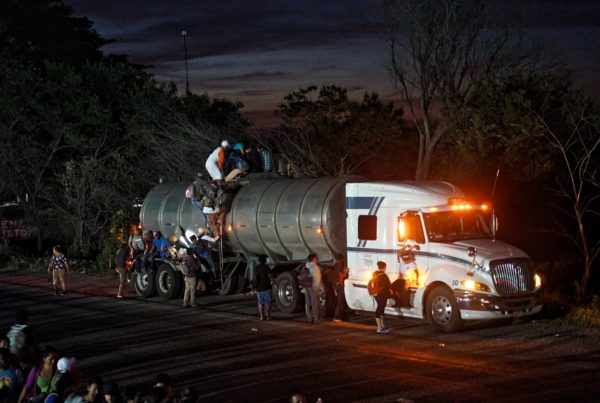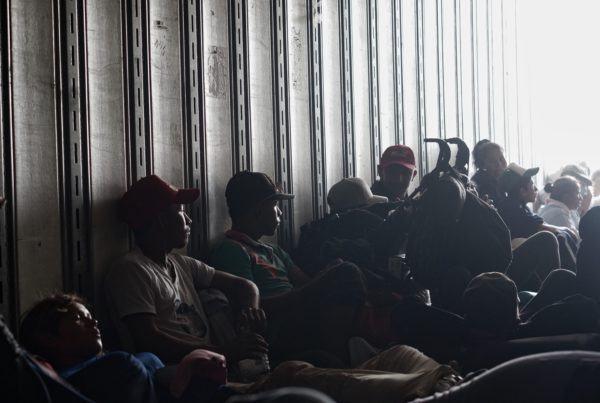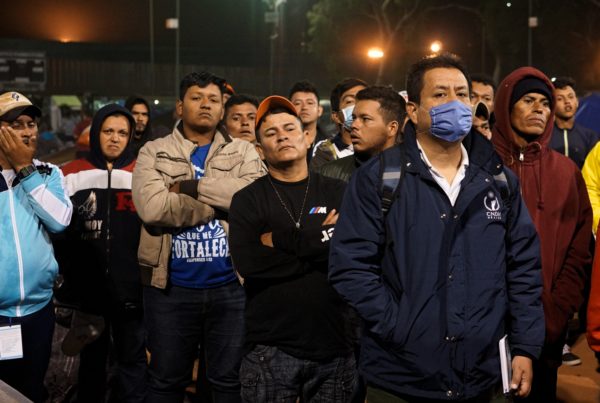About a month ago, I moved from Sydney, Australia to Mexico City. At about the same time, I heard that a “migrant caravan” had formed in Honduras and was making its way through Central America on its way to Mexico City.
By the time the caravan reached the Mexico-Guatemala border, more than seven thousand people had joined (according to the United Nations). The people were mainly from Honduras, but also from El Salvador, Guatemala, and Nicaragua.
After following the news of the caravan’s passage through South Mexico for a week, I flew to Tuxtla Gutierrez and hired a car. I wanted to see this phenomenon of human desperation for myself.
Before I recount the events of the past week, I thought it wise to write a post explaining what the caravan is.
What is the caravan?
A mass movement of people from Central America travelling as a collective to the United States. It doesn’t appear that there is one single organiser. Rather, a group of people coordinate the movements of the caravan each day. Many participants heard about the caravan through social media, media reports on television, radio and online, and word of mouth.
Why did people join the caravan?
Latin America is suffering a prolonged refugee crisis. Mexico is the site of only one of the several corridors of people fleeing their homes.
There are three distinct phenomena forcing people to move.
- Criminal violence.
- Authoritarian governments and corrupt security forces.
- Economic failure and extreme poverty.
Travelling in large numbers offers protection from bandits who target migrants for kidnap, extortion and rape. The caravan also provides safety from Mexican immigration. It is much easier for Mexican officials to arrest and deport solo travellers.
Is this the first caravan?
No. For the past several years, Mexican advocacy groups have held an annual caravan of Central American migrants. The most recent to set out was in April this year; a caravan of 1,500 people which dwindled to a few hundred by the time it reached the US-Mexico border.
Why is this caravan getting so much media attention?
What makes the current caravan different is its size and the fact that it has come at a politically significant time. With the midterm elections imminent, President Trump ramped up his already virulent anti-migrant rhetoric. His attempts to whip up hysteria have included baseless accusations that there are “criminals and unknown Middle Easterners” in the caravan. He even claimed that Democrats were “openly encouraging caravan after caravan of illegal aliens to violate our laws and break into our country”.
What will happen at the border?
Those members of the caravan who make it to the Mexico-US border have indicated they will report to US authorities and claim asylum, although it is likely that some will attempt to cross illegally if that is not possible.
Even though it is their legal right to seek asylum in the United States, President Trump has indicated the troops being sent to the border will block the migrants from requesting protection.
The Department of Defense and Department of Homeland Security has announced it will deploy 5,200 additional troops to the border to join the thousands of Customs and Border Protection officials, as well as 2,100 National Guard personnel, already there. Trump has suggested the US may deploy as many as 15,000 troops to the border, more troops than are serving in Iraq and Syria.
For now, it is unclear what will actually happen when the caravan reaches the US-Mexico border.



